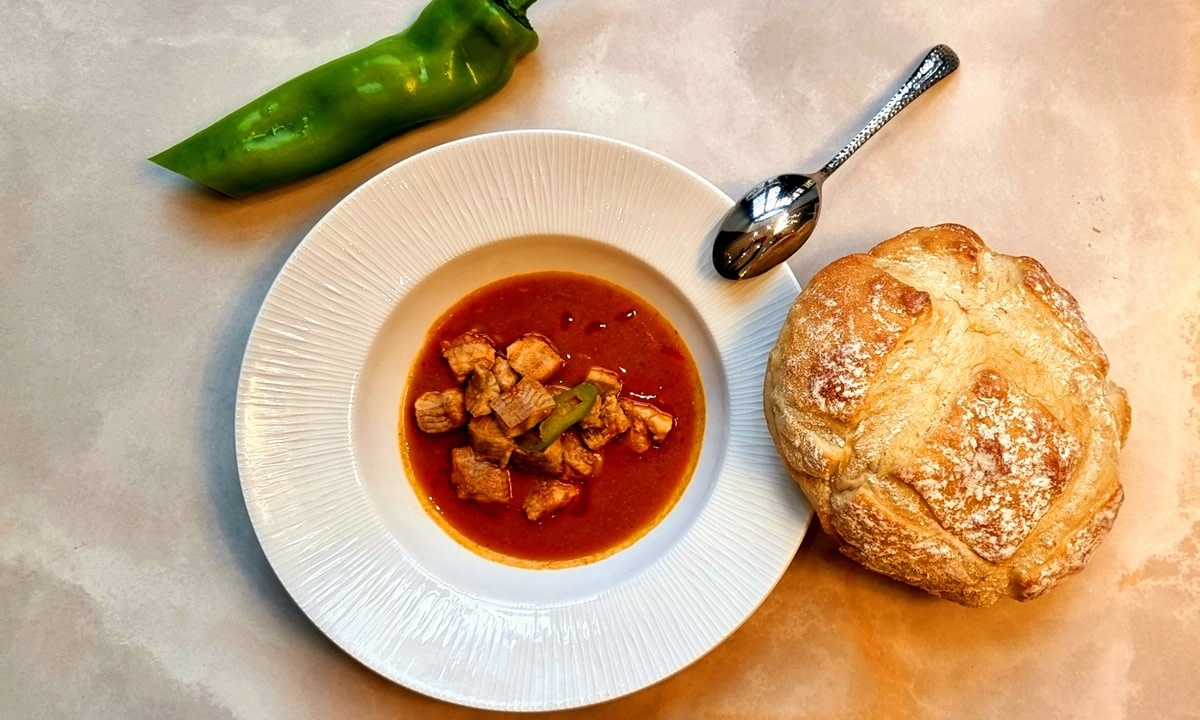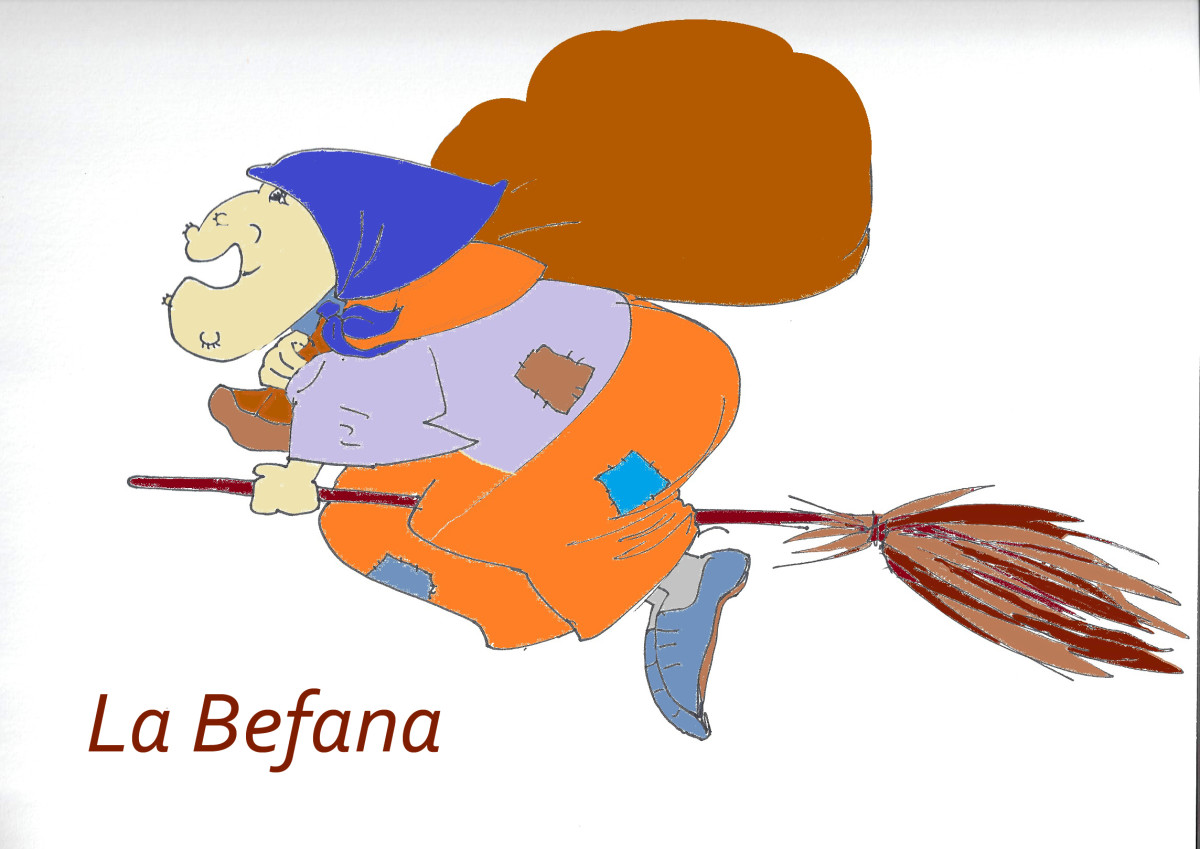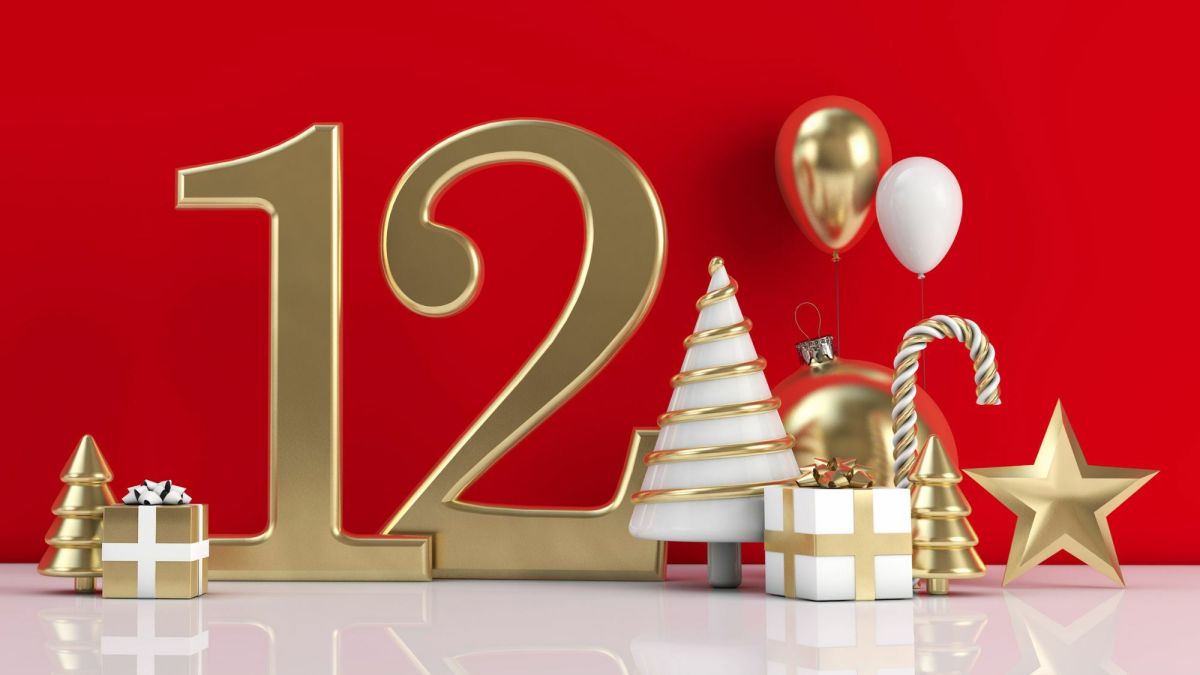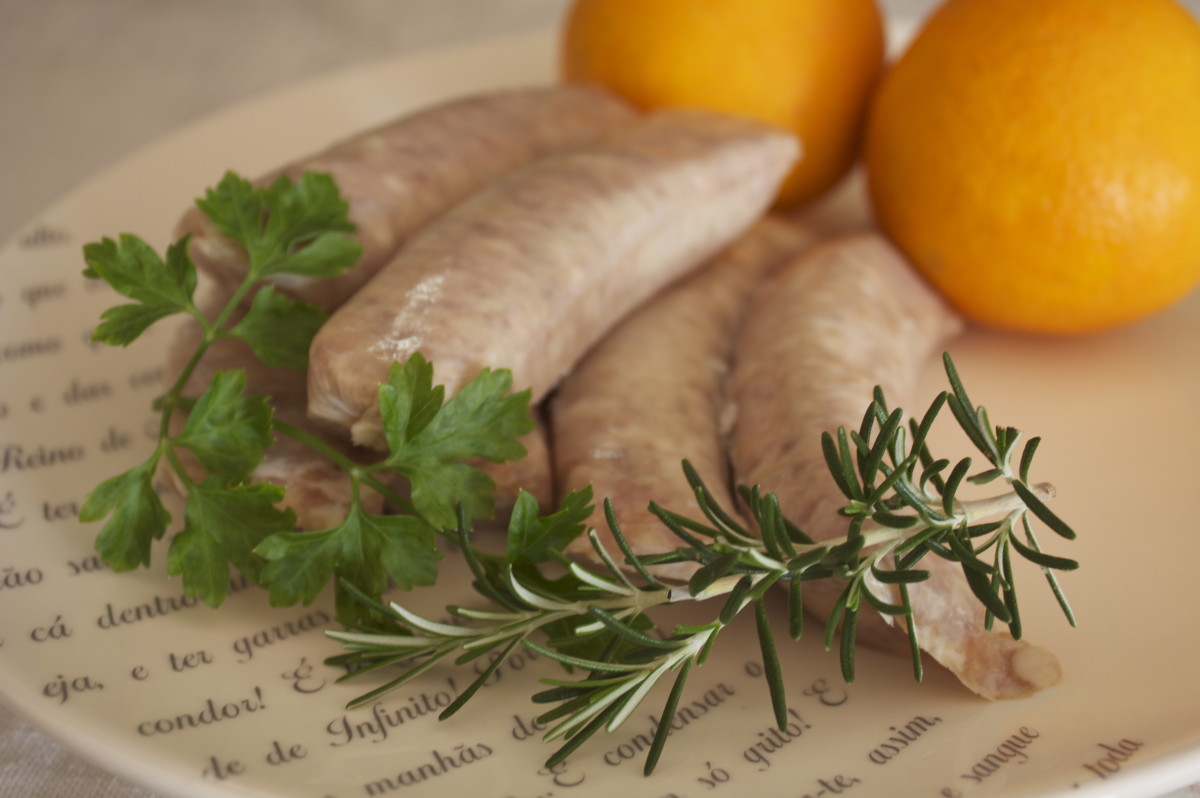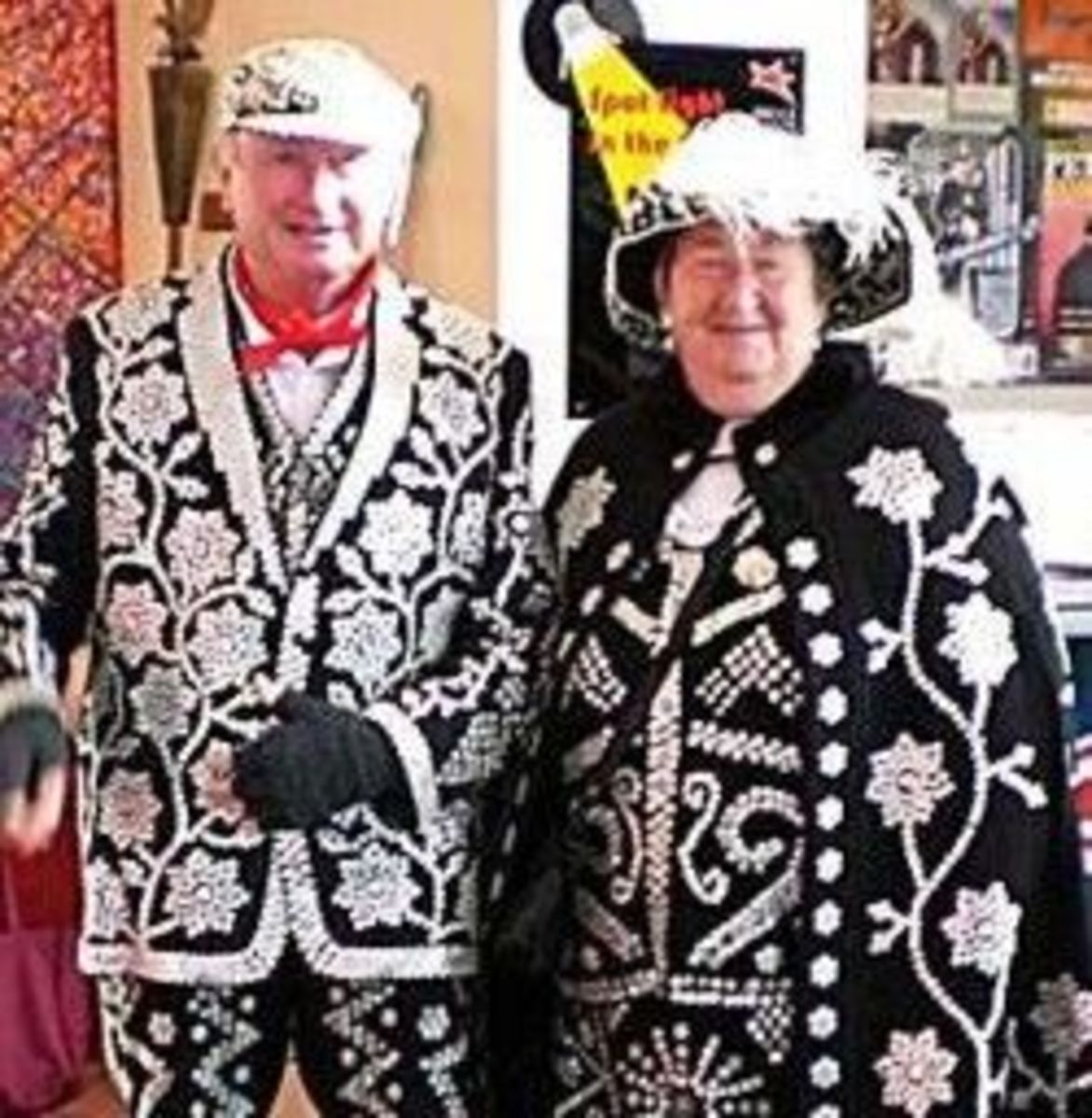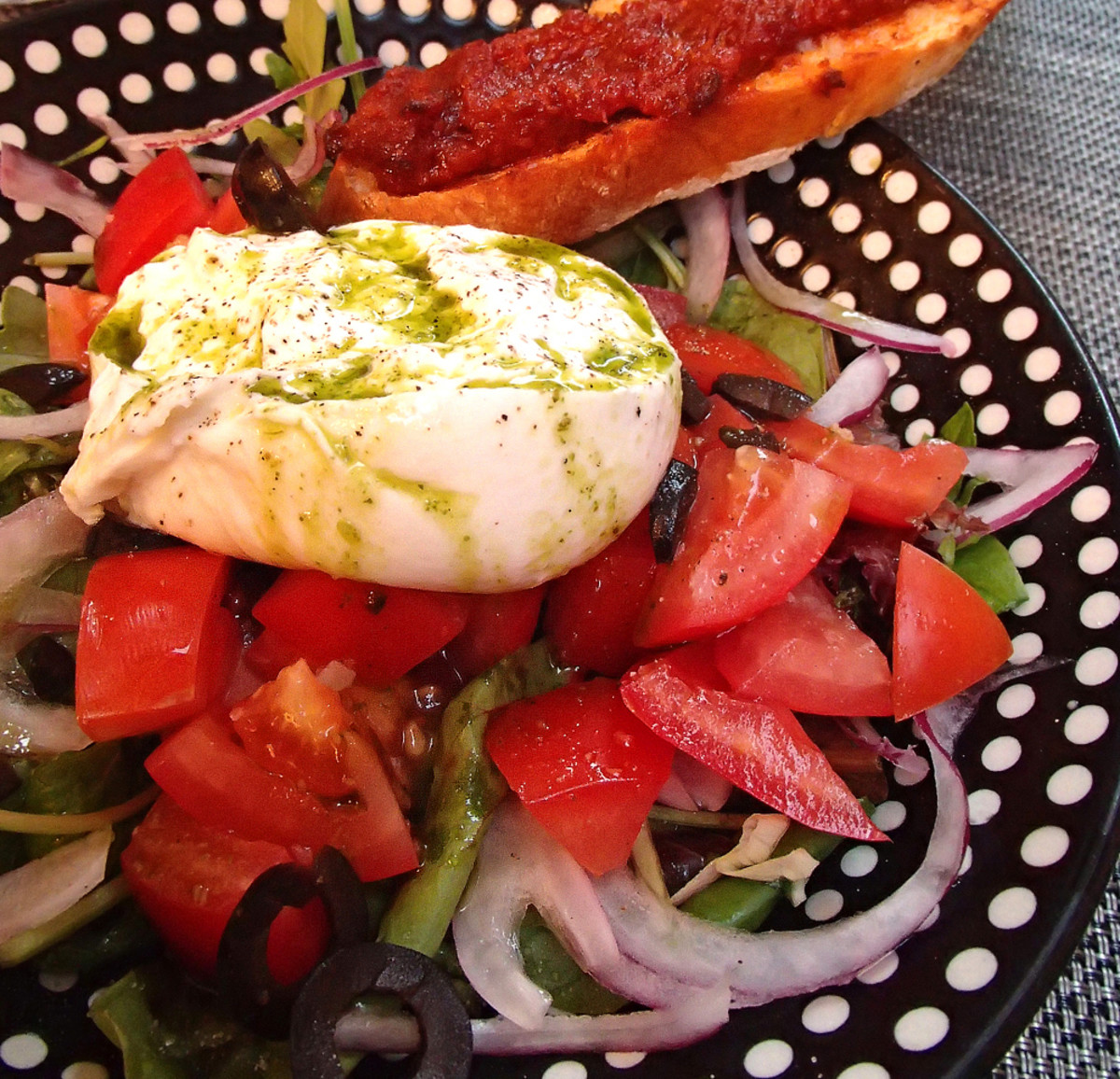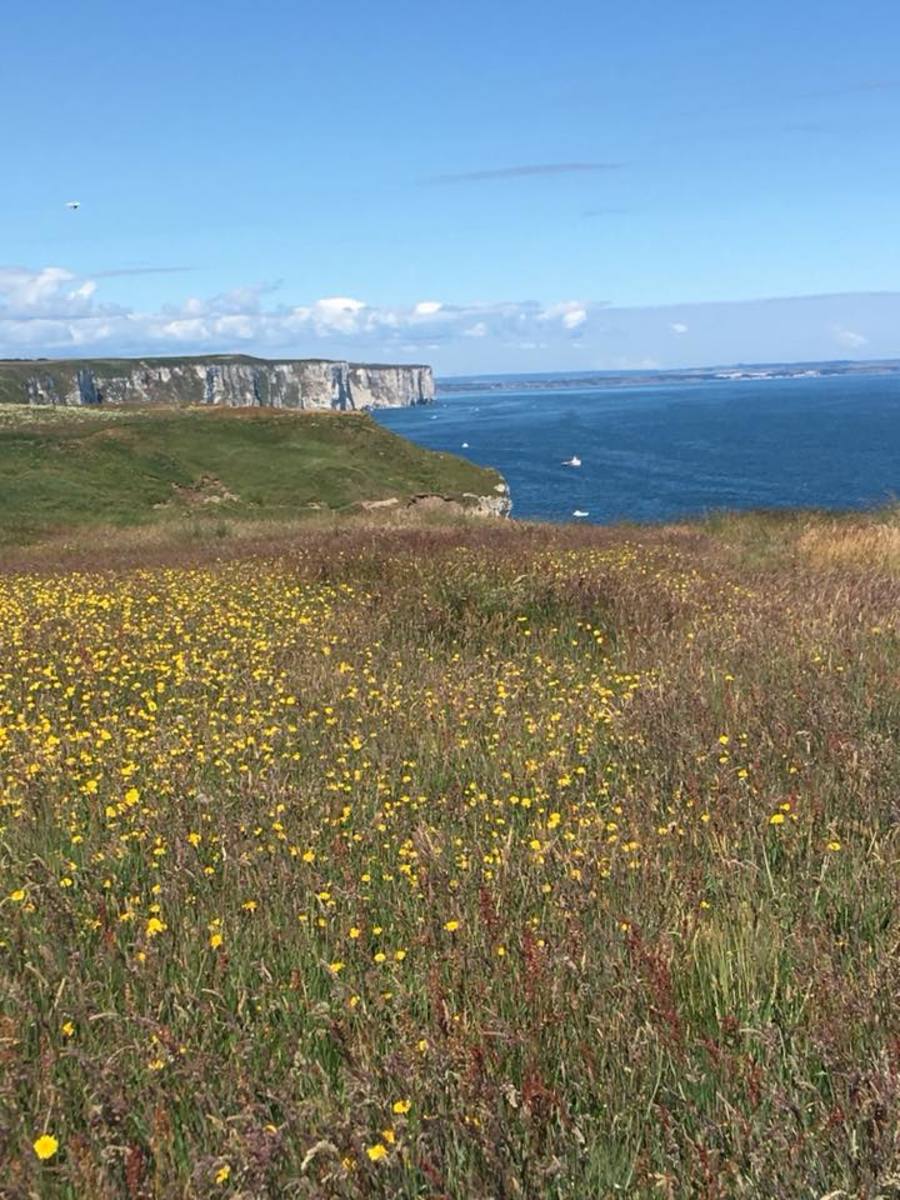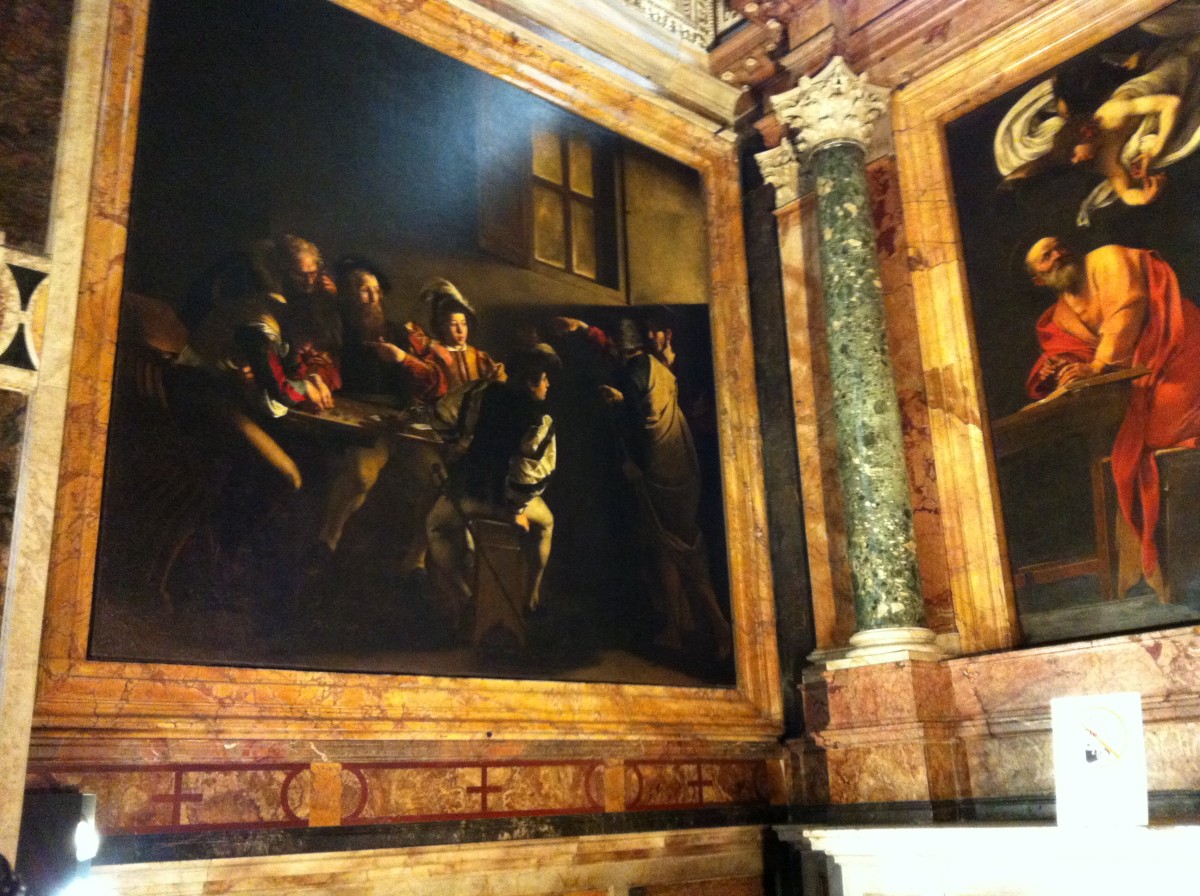The Big Limousin Almanac
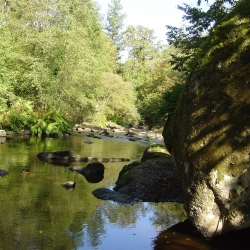
The Year in the Limousin Region France
This is a story told in pictures and text about the region of Limousin, my home since 2002. I moved here from England with my family to live 'the good life' and to invite others to share this life with us, even if only for a little time.
We've spent eight years setting up painting holidays and building a Guest House and three star gite, and then moved on. We are now restoring a romantic ruin of an old farm house complex with a view to creating the perfect home and perhaps a hideaway gite for romantic breaks. I'd like to share with you just some of the treats that Limousin has to offer in the way of beautiful landscape, rich traditions, good food and a warm welcome.
Image: Site de Corot by the River Glane, Saint Junien
Why I Love Limousin
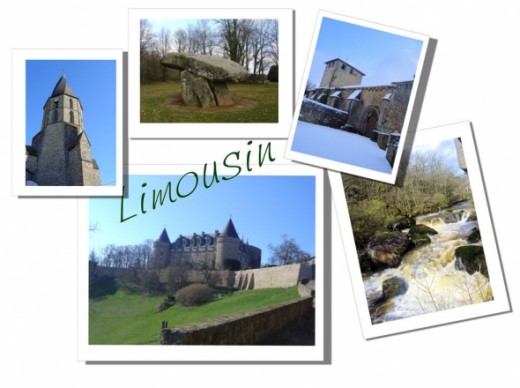
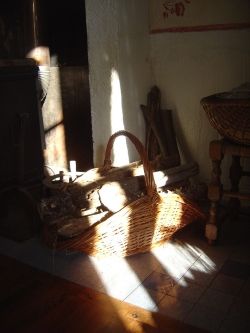
January - Limousin is a Winter Wonderland
Time to spoil yourself with spicy breads and mulled wine
January is one of the coldest months in Limousin but the weather is often clear and sunny with brilliant blue skies which are reflected in the lakes, perfect for walking and hiking. You can keep warm by curling up in front of a wood burning stove with a plate of spiced bread and glass (or two) of mulled wine. What could be nicer?
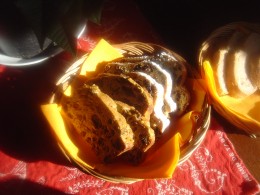

New Years Greetings from Limousin
This poem was written by one of our Guests, the writer Frans Collignon. He has provided me with this English translation, but it is a literal translation and translations of poetry are never a beautiful as the poem in the original language. I envy you Dutch speakers.
The tap is almighty.
One can use it to arrange
the supply of water,
water that is needed for life.
Put your fingers on the tap
and you will feel the power.
On or off - you decide.
This tap is old.
It has for decades
filled the through for the cattle.
The water comes from a source.
The tap is there.
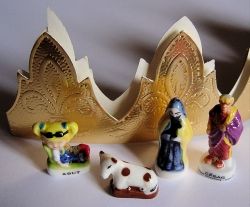
Epiphany and the Cake of the Three kings
Galette des rois la frangipane
In Limousin they celebrate the Epiphany with a special cake made with puff pastry and marzipan. Inside the cake they hide a little fve. These are intresting little figures or objects made from porcelain or something similiar and can be of all sorts. Here you'll see a lady from the east, Cesar, a cow and a girl sunbathing marked August. No link, you might say. I can't see one, I must admit. The reference to the kings is the paper crown which is enclosed with the cake when you buy it in the shops. The person to find the fve is crowned the king.
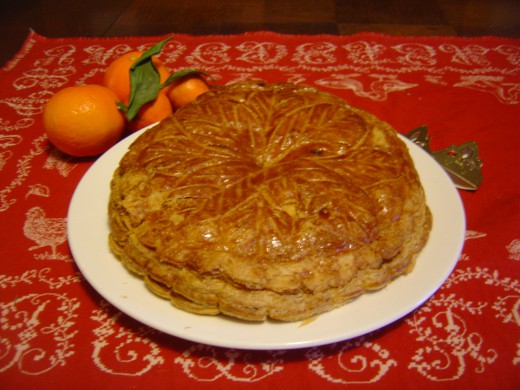
What do you call someone who collects these feves? A fabophile or a favophile!
My Best Buy Book for January
I love cooking but I'm a bit rustic at best, so anyone that can give me good, quick, easy, healthy and reliable advice and ideas is very welcome. Jamie Oliver is a great, down-to-earth cook, and you won't be left with a mountain of dirty dishes afterwards.
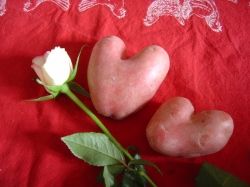
February
February is here in Limousin and the crocus and snowdrops are out. Spring is definately in the air and Valentine's day has been and gone. Time for pink scrambled eggs for Valentine's Day breakfast - eggs cooked with red caviare. Delicous.
Just before Valentine's day I found these wonderful potatoes. Potato hearts.
The weather is fine and sunny so a couple of days ago it was off to our woodlands to cut wood. Such hard work cutting, dragging, loading and unloading all that stuff. Still to be moved to the wood shed and cut into logs, then brought to the fire. "Wood warms you twice", they say, "Once when you cut it and once when you burn it.". We are going to get good value for our wood, I can tell you.
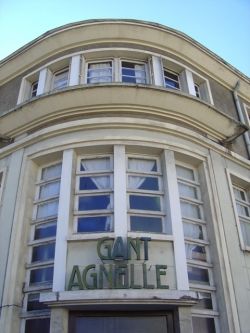
A Tour of the Glove Factory in Saint Junien
Madonna's Super Bowl gloves were made here
Friends came to stay in February, so I organised a trip to the glove factory in Saint Junien - glove makers of the stars.
Not only does Agnelle's make gloves for Dior, Givenchy and Burberry, but they make the gloves that Madonna wore for her 2012 Super Bowl performance.
We are in the Parc Naturel of Perigord-Limousin - Wood warms you more than twice!
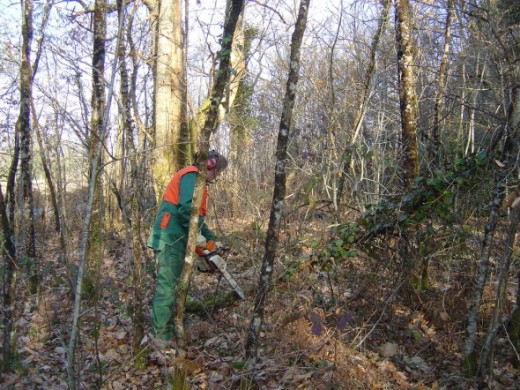
Limousin is fortunate in it's rich wildlife and countryside, so much so that it has been designated a Natural park.
We have a few little spots of woodland and we go from time to time to pick fungi and to cut the wood for the fire. The last time we went it was so beautiful there. So quiet. Only a few birds singing - until we arrived with the chainsaw. Still, the cutting doesn't take long and soon we were hauling the logs to the edge of the woodland and stacking it into a trailer. We worked all week-end. Nice to get out into the fresh air and sunshine though.
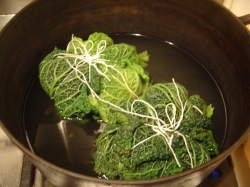
Stuffed Cabbage, a Limousin Speciality
Traditional Limousin stuffed cabbage recipe
I made Limousin-style stuffed cabbage last night. My hungry family of just two ate it all - enough for six! My son begged me to make it again tonight. Quite a coup! Limousin is a farming region and in the past quite isolated and poor. The living must have been hard. Traditional recipes from this region tend to use food that grows well here and cabbage is one that tends to crop up often. This is a cheap and easy dish, although it is a bit fiddly. Better to make quite a large amount to make the best use of the time. The basic ingredients are stale bread soaked in milk, eggs, sausage meat, onions, carrots and seasoning for the filling. All wrapped in large, green cabbage leaves and boiled or baked.
In Videix the locals organise a couple of meals for the community every year and this stuffed cabbage is one of the regular favourites!
Read more about our communal meals and get the whole recipe here: Stuffed Cabbage Recipe
PS - My cabbage packages are not as neat as our local chef's. I wonder how he does it!
Toast by Nigel Slater is my Best Buy Book for February - And Kindle reader is my buy
'Toast' by Nigel Slater is a story told through food, great for a food lover like myself. He reminisces about food for his childhood - who remembers Angel Delight? He delights in rice pudding, bread and butter pudding and, yes, toast. An easy but satisfying read full of flavour.
I'd like to quote the book to give you just a taste, but I've been told it infringes copyright! I'll just tell you that Slater loves people who make him toast, even people who make him wear short trousers for school. I must say I do adore all that melted butter. Just the thing for a cold February day.
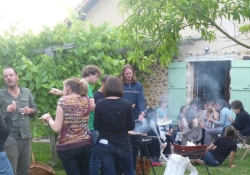
March 2011 was the Year of 'War of the Buttons'
La Guerre des Boutons by Yann Samuell
There's never a dull moment here in Limousin, and this spring they're making a new version of La Guerre des Boutons, or war of the buttons, and it's being filmed around Rochechouart and Biennac, directed by Yann Samuell. The film is about two rival gangs of boys who wage war, the victors cutting off the ties, belts and buttons of the vanquished. The side with the most buttons wins.
As if that wasn't exciting enough, there's a rival version being filmed by Christophe Barratier, and both films are going to be released towards the end of the year in time for the Christmas market. It's going to be the war of The War of the Buttons!
This is the film crew celebrating a birthday in the garden of our gite
War of the Buttons - La Guerre des Boutons

Have a Sneak Preview of the Irish Version of War of the Buttons - by David Puttnam 1994
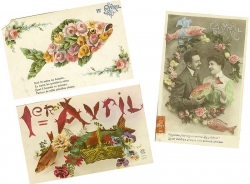
April and Limousin Springs to Life
April Fool or April Fish?
or Poisson d'avril as they say in France. On the first of April, French children delight in trying to attatch, surruptitiously of course, a paper fish to the back of their unsuspecting victims, who then, fool-like, are left to go about their business as a marked man.
The tradition began in 1564 when King Charles iX fixed the start of the year at 1st January instead of 1st of April (which explains why British and French tax systems seem to have April in mind). This decision was not well-received by the populus, never keen to embrace any form of change, and it led to the tradition of giving false presents, or joke gifts, in place of the real New Year gifts of the past.
But why fish? The 1st April often falls within Lent, (Carme in French) and christians who could not eat meat at this time, could eat fishand so, for a laugh, an imitation fish was given.
Image courtesy of Creative Commons
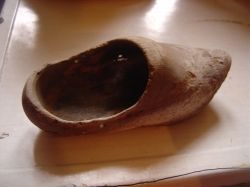
Limousin Superstitions
Little wooden clog
It's a shame that I didn't include something in this photograph for scale as this sweet little clog is only about 15 cm long and clearly made for a small child. We found it under the floor boards when we were renovating the house and I was delighted with this object from the past. It was only much later that I was told the old Limousin folk put a shoe under the house to bring luck. It's my priority now to make sure that the clog goes back where it came from!
There are many superstitions attached to shoes, and the link between shoes and good luck is strong. It is said to bring a traveller luck if you throw a shoe after them as they set off on their journey, shoes are tied behind the wedding car and we all know about putting horse shoes on the house to bring good luck.
For more about shoes and feet see All about shoes and feet
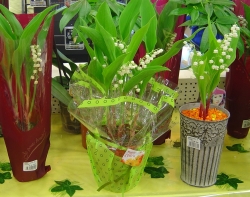
May
Fete of the Lily of the Valley or La Fte du Muguet
May 1st is a national holiday in France; a day to celebrate and campaign for worker's rights and called La Fte du Travail
The tradition started with King Charles IX on May 1, 1562. The previous year the king had been given muguets on the first of May and was so pleased that he established the tradition of presenting them to the ladies of his court. Around 1900 the tradition was adopted by French suitors giving them to the object of their desires. Now people buy them to give to family and friends, often as gifts when attending the big family lunches and dinners so popular with the French.
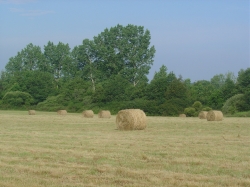
June
Hay making
This is the season for making hay while the sun shines and all our beautiful wild flower meadows are cut to provide nourishing hay for the cattle during winter. The huge bails of hay make super look-out perches for great, brown buzzards as they take advantage of the fact that the mice have lost their hiding and nesting places. Rich pickings!
This is the view from the back of our guest house.
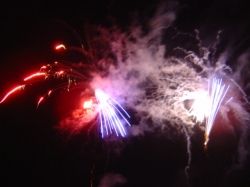
July is Holiday Time
Bastille Day is big in France
The 14th July has been a national holiday since 1880 and dates back to the 14 July 1789 when the citizens of Paris stormed the Bastille, the citie's fortified prison. The taking of the prison, a symbol of the absolute and arbitrary power of King Louis 16th demonstarated that the king's power was no longer absolute and it marked the beginning of the French Revolution.
Although we call it Bastille Day, in France, it's officially called La Fte Nationale (The National Celebration) and is referred to by the populus as le quatorze juillet (the fourteenth of July). All over France the fte is celebrated with fireworks and the summer night sky is lit up with a myriad of coloured lights. Not to be missed.
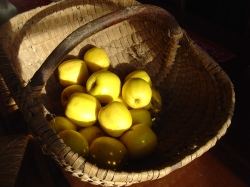
September and Harvest Time
Limousin is famous for its apples
Late August and September sees the glut of apples in Limousin. My neighbour came around yesterday to bring me this basket of wonderful, Limousin apples. Limousin, with its sunshine and rain is the perfect place to grow fruit and it was here that a wonderful Golden Limousin apple was developed. Unfortunately, you'll have to come here to taste them as the ones you buy abroad are not a patch on the ones we have here.
Eat as many as you can. Saut them in butter lightly salted and serve with boudin noir, make wonderful, sharp apple juice, cloudy and thick, or ferment into bitter cider so unlike the sugary commercial variety. Limousin has a wealth of traditional recipes for using apples sweet and savoury.
I'll be writing up the recipe for these delicous savoury apple parcels asap
December in Limousin - It's the French Bche de Nol
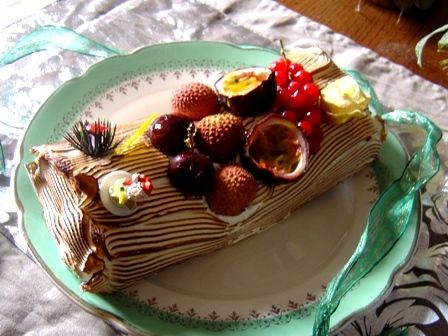
Our wonderful next door neighbours sent around this marvellous buche Noel. Well, of course it was much too good to just eat - so I fended off son and hubby and grabbed my camera. I couldn't do it justice though. (Need new camera?).
Once we tucked into this French Christmas cake we went to heaven. The swiss roll inside was stuffed with fruits and soaked with alcohol. What better way to celebrate Christmas?
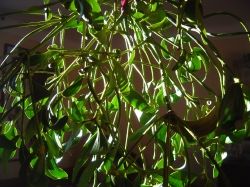
Miraculous Mistletoe
Limousin at Christmas
In France in Ancient time, the times of the Gauls, the druides would go into the forests to collect the sacred mistletoe on the sixth day of the celtic year. As they cut the plants, they shouted, "o Ghel an Heu", roughly translated as "May the Wheat grow". Mistletoe was considered sacred because of its medicinal uses and for its magical ones. It was said to chase away the evil spirits, to purify the soul, to heal the body, nutralise poisons, to bestow fertility and to enable the fantomes to be seen and to speak. Now we kiss under the mistletoe, which has become a symbol of prosperity and long life.
© 2010 Barbara Walton


